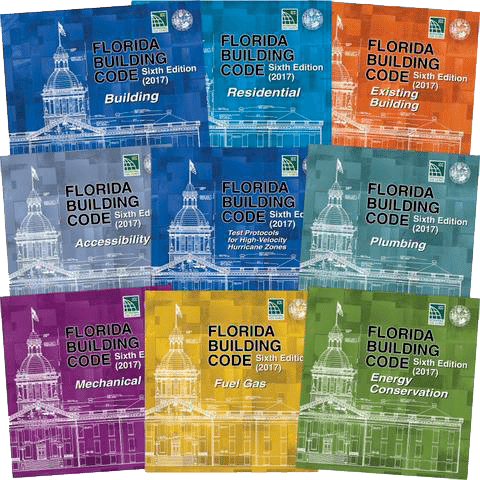 Hurricane Irma and other storms caused widespread flooding throughout Florida in 2017. Changes to the Florida Building Code, which went into effect on Dec. 31, 2017, have a direct impact on efforts to repair or rebuild homes and buildings damaged or destroyed by flooding.
Hurricane Irma and other storms caused widespread flooding throughout Florida in 2017. Changes to the Florida Building Code, which went into effect on Dec. 31, 2017, have a direct impact on efforts to repair or rebuild homes and buildings damaged or destroyed by flooding.
According to Steve Martin, state floodplain manager for the Florida Division of Emergency Management’s Bureau of Mitigation, changes to the Florida Building Code directly affect building officials, developers, engineers, and architects, among others.
“Nearly all of Florida’s flood-prone local jurisdictions participate in the National Flood Insurance Program and enforce local floodplain management regulations that must be coordinated with the FBC,” Martin wrote. “Any community that has not yet adopted a flood ordinance coordinated with the FBC or has adopted an ordinance not reviewed by Division of Emergency Management is asked to follow up with us as soon as possible.”
The State Floodplain Management Office provides local officials, design professionals, and others with support and information regarding the FBC. The office’s website has excerpts of the flood provisions, including a summary of changes between the 5th Edition (2014) and the 6th Edition (2017) of the FBC, and a summary of the flood design standards referenced by the FBC.
The website also features two fact sheets prepared by Building A Safer Florida. The first fact sheet describes the flood provisions in the FBC, key elements of flood resistant construction, flood hazard areas, and flood conditions, and highlights the changes. The second fact sheet describes revisions to the Coastal Construction Control Line provisions in the FBC that more closely align with the existing coastal high hazard areas requirements.
For these and other resources, visit floridadisaster.org/Mitigation/SFMP/lobc_resources.htm.
There’s also a primer on flood-resistant construction, the Florida Quick Guide to Floodplain Management, available for download at the Floodplain Management Office website.

